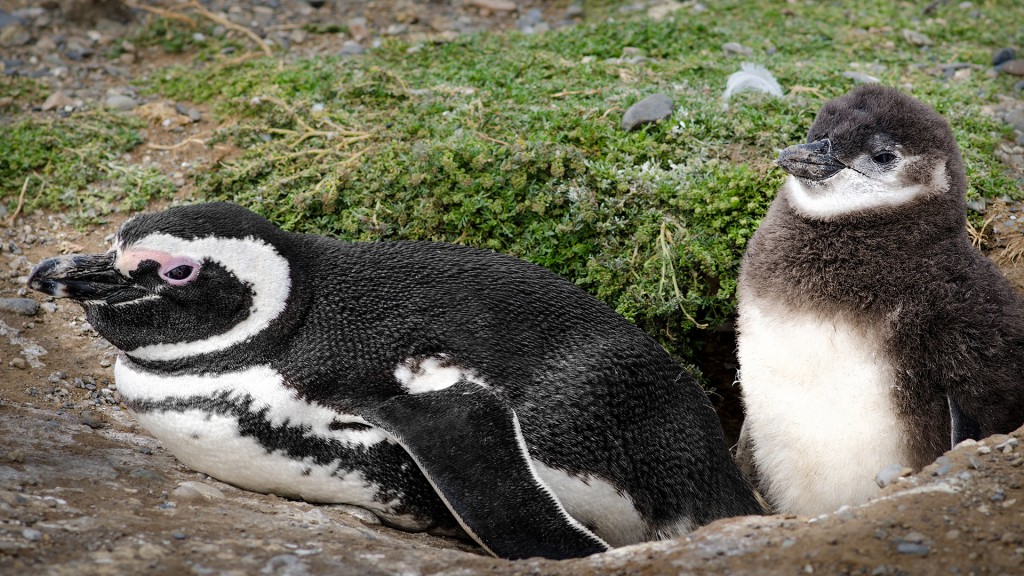Last week, marine animal expert Dudley Wigdahl of Aquarium of the Pacific gave so many insightful responses to your thought-provoking questions about Magellanic Penguin nesting that there wasn’t time to get to them all! So now Dudley has graciously answered several more in text format so we can continue to learn about feathered families.
GHO Babies
Our Great Horned Owl babies are getting almost as big as mom! See them on the live cam here. Did You Know? The birds nest in tree holes, stumps, caves, or in the abandoned nests of other large birds. Monogamous pairs have one to five eggs (two is typical), both the male and female incubate, and
Sandy Home
Two boards and a popsicle stick mark this least tern’s home on the white sand beach of Stratton Island, Maine. It’s modest nest nothing more than a divot on the shore, at least the small peak provides a shelter for sudden summer storms that pass through. Photo Courtesy of Stella Walsh
Hummingbird Diet
Contrary to popular belief, hummingbirds do not diet exclusively on nectar; they also eat insects, grubs, and any other tiny creature they can get their bill on. Scientists once thought that hummingbirds had to ride on the back of larger birds to cross the Gulf of Mexico during their annual migration to South America, because
Moss For The Nest, Fruit For The Belly
Pausing for a moment to gather some frizzy moss for its nest, Cedar Waxwings are often seen on Hog Island, Maine, feeding on wild fruits such as currants, gooseberries, and raspberries. One of the few North American birds that specializes in foraging fruit, Cedar Waxwings can survive on fruit alone for several months. Photo Courtesy



